50+ Different Types of Sensors Found in Cars (w/ Pictures)
Have you ever wondered how your car knows when to turn on the headlights and wipers or how it can detect when you’re getting too close to another vehicle? The answer lies in the sensors that are integrated into your car’s systems.
We’ve created the following guide to simplify this matter, by compiling a comprehensive list of all the different types of sensors used in today’s vehicles, their purpose, and what each sensor may look like.
Types of Automotive Sensors
#1 – A/C Low Pressure Sensor/Switch
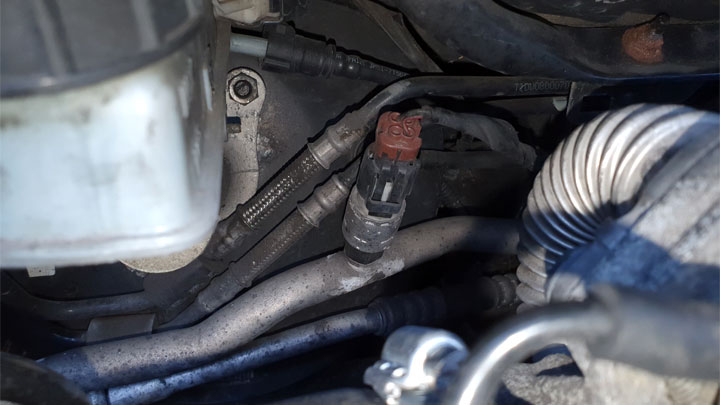
All vehicle air conditioning systems come equipped with low pressure sensors/switches. These devices cut available power to the system’s A/C clutch if low pressure readings drop below a specified threshold.
This prevents system freeze-up and possible A/C compressor damage. In some cases, these sensors/switches are combined with high pressure sensors/switches in a single assembly.
#2 – A/C High Pressure Sensor/Switch
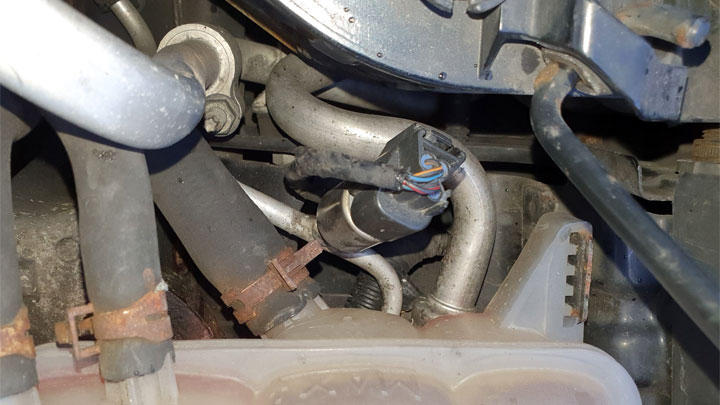
Automotive air conditioning systems feature dedicated high pressure sensors/switches that detect excessive pressure on the high side of the system.
If detected pressures exceed a specified threshold, all power is cut to the A/C compressor clutch, thereby preventing damage to any number of the system’s critical components.
#3 – Accelerator Pedal Position Sensor
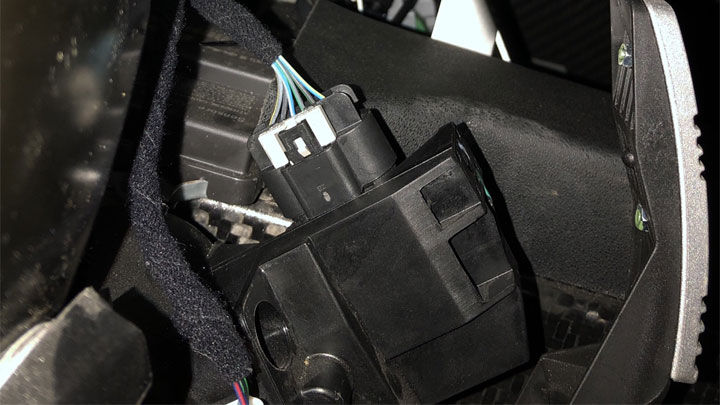
Since the relative discontinuation of throttle cables approximately 20 years ago, accelerator pedal position sensors have become standard fare. These sensors are of a variable potentiometer configuration and are affixed to a vehicle’s throttle pedal.
Throttle pedal position sensors relate driver-inputted throttle demands to a vehicle’s ECM/PCM, where such feedback is compared to actual throttle position values.
#4 – Adaptive Cruise Control Sensor
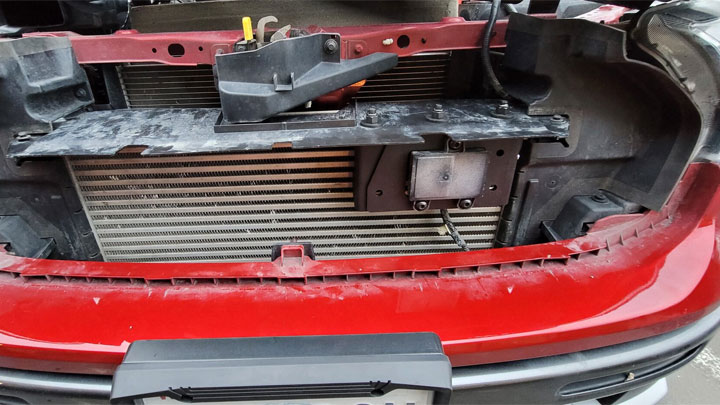
The adaptive cruise control (ACC) sensor is part of the ACC system and measures the distance between the vehicle and the one in front. This information is used to adjust the vehicle’s speed and maintain a safe following distance.
When the ACC sensor provides incorrect data, it can cause the ACC warning light to turn on.
#5 – Air Fuel Ratio Sensor
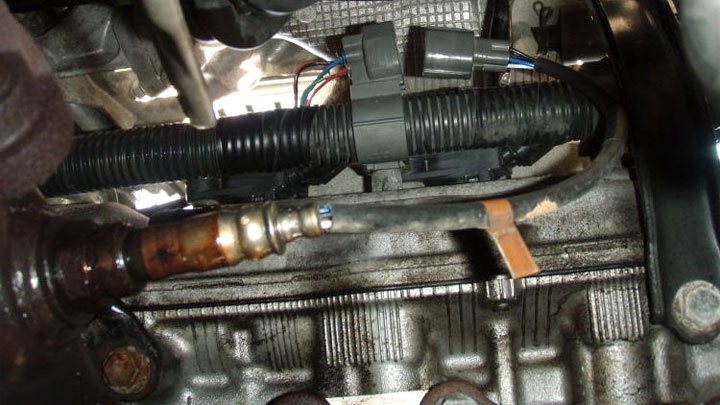
An air/fuel ratio sensor is somewhat similar in design and purpose to the better known oxygen sensor. However, an air/fuel ratio sensor is known to feature a much broader detection range than the aforementioned sensor type.
Sensors of this type measure total oxygen saturation within a vehicle’s spent combustion gasses.
#6 – Automatic Headlight Sensor

#7 – Barometric Pressure Sensor
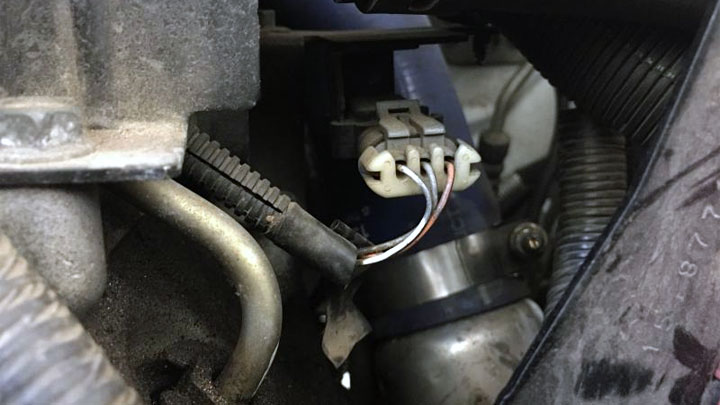
Barometric pressure sensors are quite the common fixture on modern electronic fuel injected engines. The readings provided by sensors of this type are used to quantify fuel delivery during the fuel injection process.
This type of sensor can often be found mounted to a vehicle’s firewall, or alternatively, inside a vehicle’s front fender well.
#8 – Battery Temperature Sensor

A battery temperature sensor detects the battery temperature in a vehicle and provides data to the charging system, which adjusts the voltage based on temperature.
Voltage is increased by the system when the battery is cold and decreased when the temperature rises. In addition, the sensor helps identify possible health problems related to the battery.
#9 – Blind Spot Monitoring Sensor

A blind spot monitoring sensor is a device that is mounted on the side mirrors or rear bumper of a vehicle and is designed to detect other vehicles located in the driver’s blind spot.
When the sensor detects a vehicle in the blind spot, it will usually alert the driver via a visual, audible, vibrating, or tactile warning, depending on the specific system.
Related: What Does “Blind Spot Monitor Unavailable” Mean?
#10 – Boost Pressure Sensor
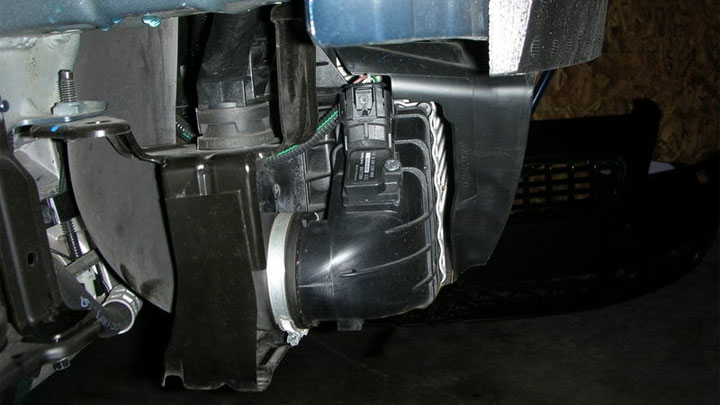
Some vehicles, such as those equipped with a turbocharger or supercharger, operate off of the principle of forced induction. Simply put, intake air is forced into an engine under pressure, rather than being pulled in under vacuum.
These systems generally come equipped with a boost pressure sensor that measures this influx of pressurized air.
#11 – Brake Fluid Level Sensor
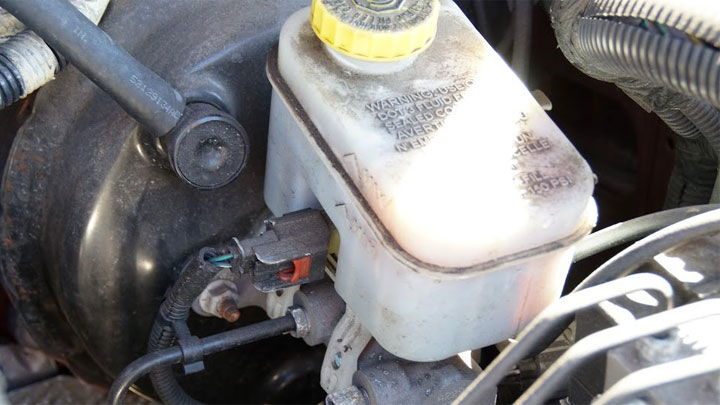
Brake fluid level sensors are responsible for displaying a warning message on a vehicle’s instrument cluster if brake fluid levels reach critically low levels.
These sensors are attached to a vehicle’s master cylinder brake fluid reservoir and are designed to make or break a circuit, depending on the level of brake fluid contained within this reservoir.
#12 – Brake Pad Wear Sensor
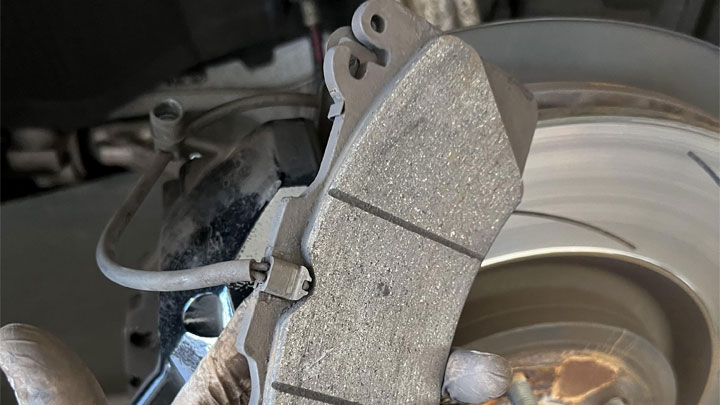
A brake pad wear sensor is an electronic device that detects when a vehicle’s brake pads have worn down to a certain level, triggering a warning light on the dashboard.
It is either built into the brake pads or added on when the brake pads are replaced
#13 – Cabin Temperature Sensor
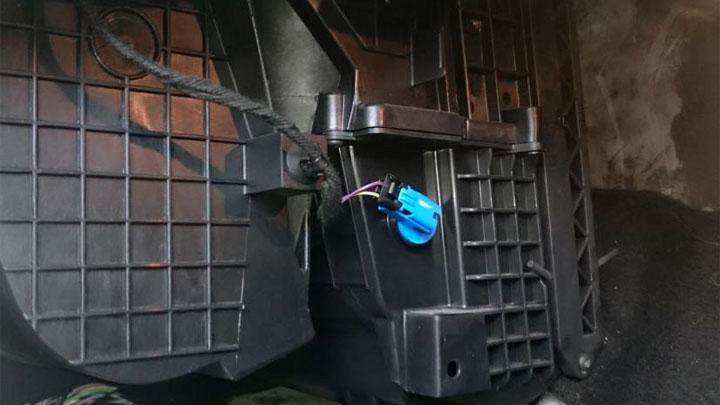
An interior heater and AC (cabin) temperature sensor is a staple of many newer vehicles that feature automatic climate control. These sensors are often located in a vehicle’s evaporator box, or close to it.
This sensor measures the internal temperature of a vehicle’s cabin so that it can be compared to ambient air temperature readings by a vehicle’s AC controller.
#14 – Camshaft Position Sensor
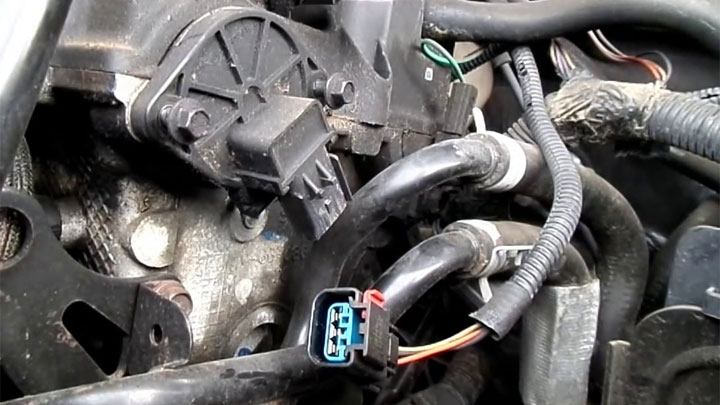
A vehicle’s camshaft position sensor is used to monitor engine timing in a more accurate manner than is possible via the crankshaft.
This sensor is generally mounted to an engine’s timing cover, and counts pulsed from individual teeth of a camshaft-mounted gear or reluctor wheel.
#15 – Crankshaft Position Sensor

A vehicle’s crankshaft position sensor is used to accurately measure engine timing, ensuring proper spark/fuel injection timing. In most cases, crankshaft and camshaft sensor readings are metered in unison to achieve this goal.
Generally speaking, a vehicle’s crankshaft position sensor is anchored to an engine’s block or timing cover.
#16 – Crash Sensors

All vehicles in the modern era feature one or more crash sensors, engineered to send a signal to a vehicle’s airbag module in the event of a collision.
As a general rule, the newer the vehicle, the more crash sensors it will feature. Some vehicles feature three or more individual crash sensors, the primary of which is positioned behind the front bumper.
#17 – Differential Temperature Sensor
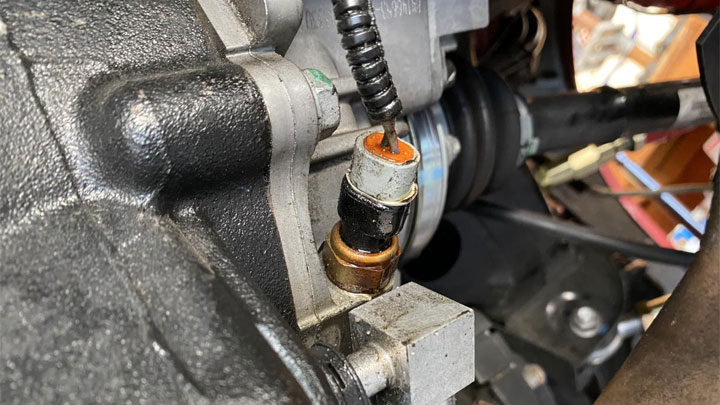
While not as common as many of the other sensors listed below, many high-performance and/or severe-duty vehicles make use of differential pressure sensors.
These sensors are often connected to an aftermarket gauge, used to warn motorists of impending differential overheating. Sensors of this type are especially useful in towing applications.
#18 – Door Ajar Sensors
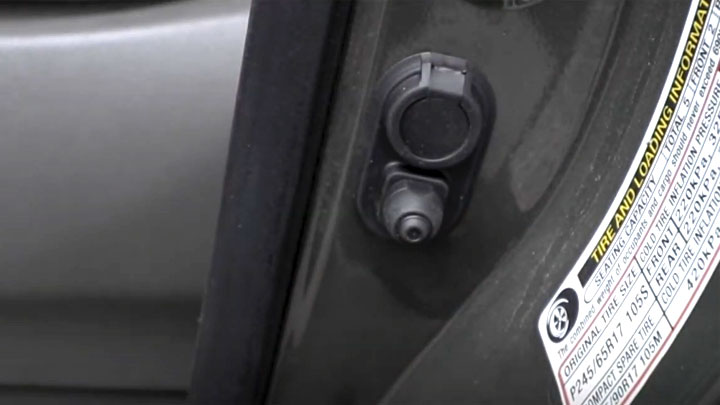
Virtually all vehicles utilize door ajar sensors/switches. These switches are of a make/brake configuration, allowing a circuit to be made or broken based on whether a vehicle’s door is open or closed.
These switches/sensors are positioned in each door jamb and are used to turn dome lights, as well as open door alarms on and off.
#19 – DPF Pressure Differential Pressure Sensor
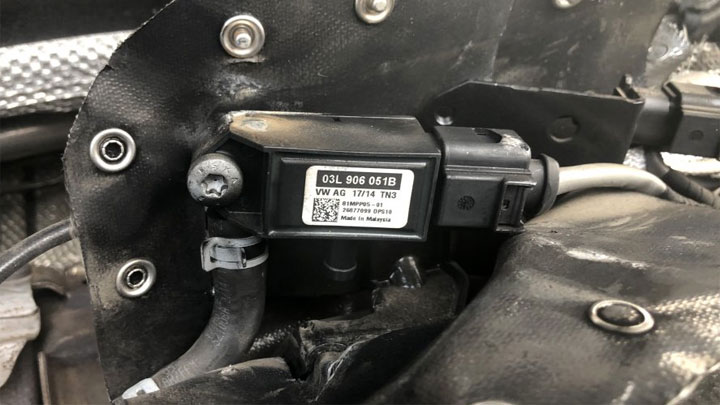
Most modern emissions-equipped diesel engines now come fitted with DPF pressure differential sensors.
These sensors measure the inlet and outlet pressures of a diesel particulate filter, thereby providing a vehicle’s control software with the ability to determine the soot-loading of the DPF filter itself. This determination serves as grounds for regeneration initiation.
#20 – Drive Shaft Rotation Sensor
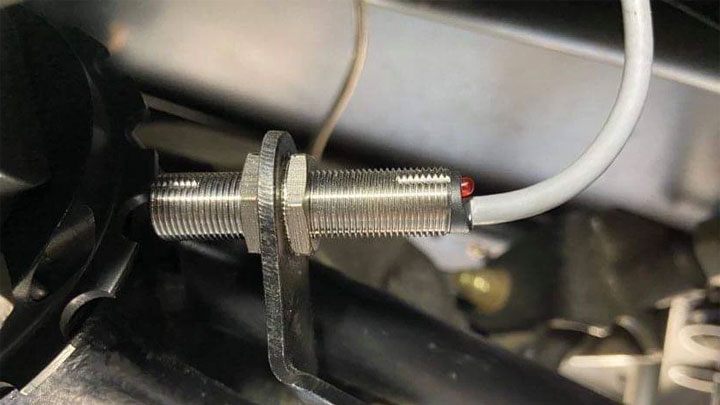
Drive shaft rotation sensors are often added as an aftermarket accessory to race cars and performance vehicles. These sensors are often of a Hall Effect design, emitting decodable pulses in relation to the movement of individual tone wheel teeth in front of the sensor’s probe.
Readings from these sensors are generally used for test and tuning purposes.
#21 – Engine Compartment Temperature Sensor
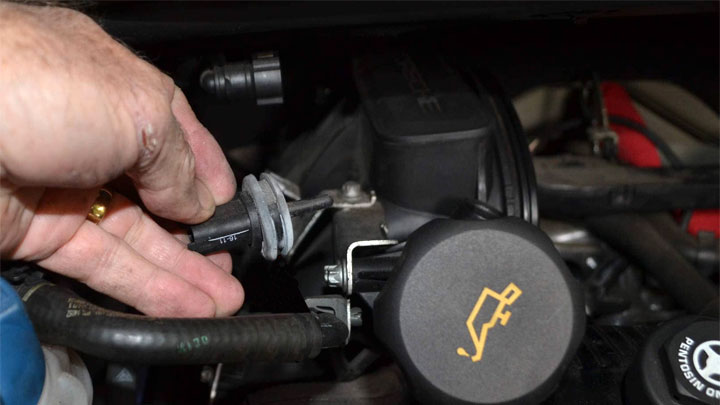
Though not overly common in relation to other sensors on this list, a number of premium and/or foreign vehicles feature engine ambient temperature sensors.
These sensors are mounted in a vehicle’s engine bay and are used to control various cooling system functions, based upon actual engine operating temperatures.
#22 – Engine Coolant Temperature Sensor

As its name would suggest, an engine coolant temperature sensor monitors the temperature of an engine’s coolant. Feedback from this sensor is used to determine the EGR duty cycle, applicable fuel trims, and more.
This feedback is also displayed via a vehicle’s instrument cluster.
#23 – Engine Knock Sensor
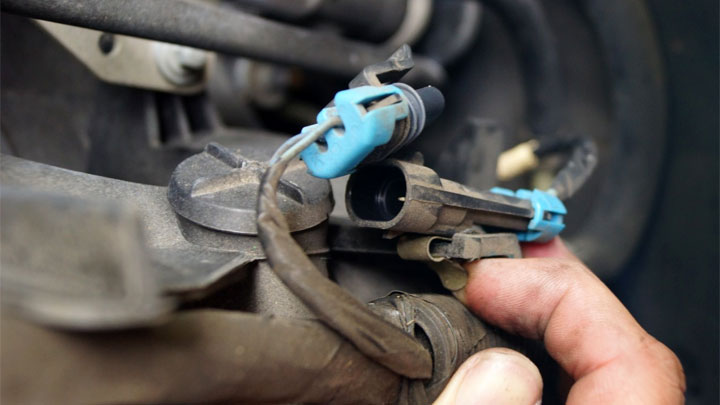
The knock sensor is engineered to record abnormal, or overly harsh engine noises. The most common noises of this type include pre-ignition “ping” and rod knock.
Spark timing can be metered based on feedback from this sensor. This sensor itself is generally mounted into an engine’s block.
#24 – Exhaust Gas Recirculation Valve Position Sensor
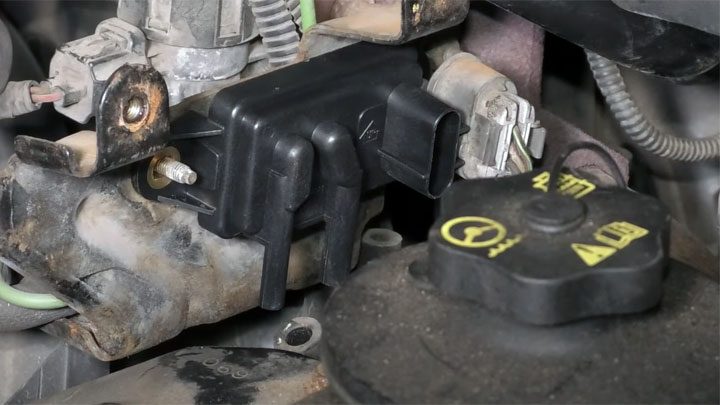
An EGR (Exhaust Gas Recirculation) valve position sensor is used to determine the relative position of the EGR valve fitted to emissions system equipped engines.
This feedback is necessary for correct EGR valve actuation itself, as it allows a vehicle’s ECM to evaluate overall engine performance, in relation to various stages of exhaust gas recirculation.
#25 – Exhaust Gas Temperature Sensor
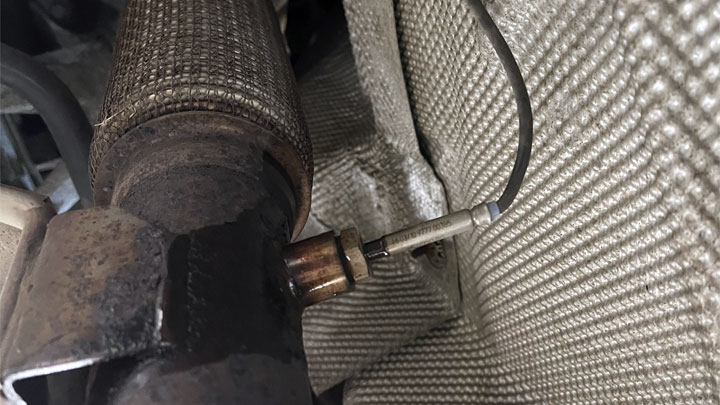
Exhaust gas temperature sensors are now common equipment in most vehicles and are used to complement both gas and diesel engines. In gasoline applications, exhaust gas temperature sensors are used to monitor overall combustion efficiency.
On the other hand, exhaust gas temperature sensors are commonly employed with diesel engines to determine DPF temperatures.
#26 – Fuel Level Sensor
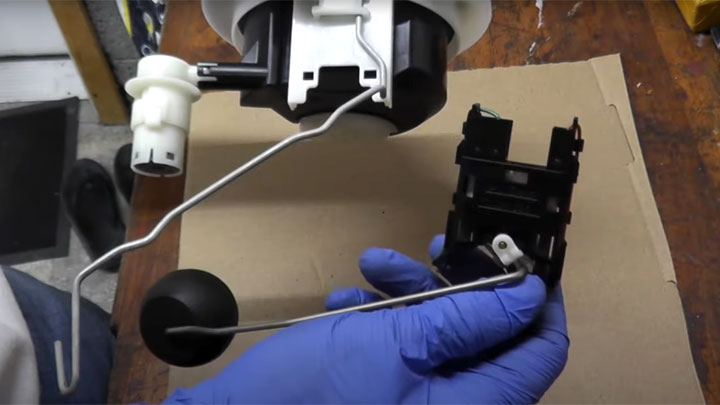
A fuel level sensor is installed in a vehicle’s fuel tank to measure the amount of fuel. It uses different methods, like resistive film, discrete resistors, capacitive, and ultrasonic, to accurately measure the fuel level.
The sensor sends this data to the vehicle’s computer, which displays it on the fuel gauge in the dashboard.
#27 – Fuel Pressure Sensor
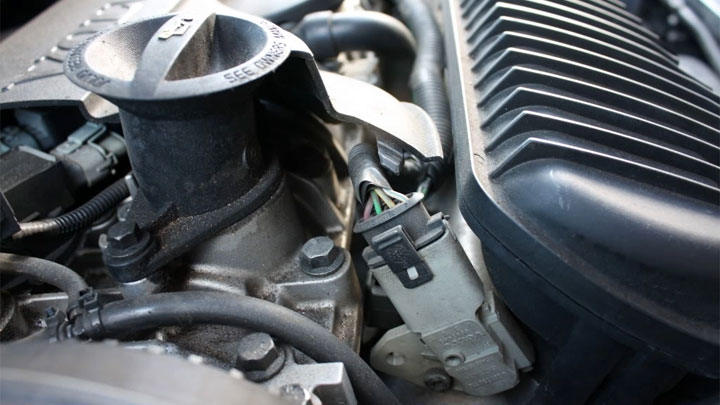
A vehicle’s fuel pressure sensor is located in the fuel rail and is responsible for recording overall fuel pressure at the point of injection.
This pressure is critical to overall engine performance, as it serves as the working pressure at which each respective injector performs. Without adequate fuel pressure, engine performance is greatly reduced.
#28 – Fuel Temperature Sensor

As its name suggests, a fuel temperature sensor records the temperature of fuel available for combustion. This information is of value, as the characteristics of gasoline, or even diesel, vary based upon its temperature.
This sensor is often found in a vehicle’s fuel tank within close proximity to the fuel pump, but can actually be located at any point upstream of an engine’s injectors.
#29 – Fuel Vapor Pressure Sensor
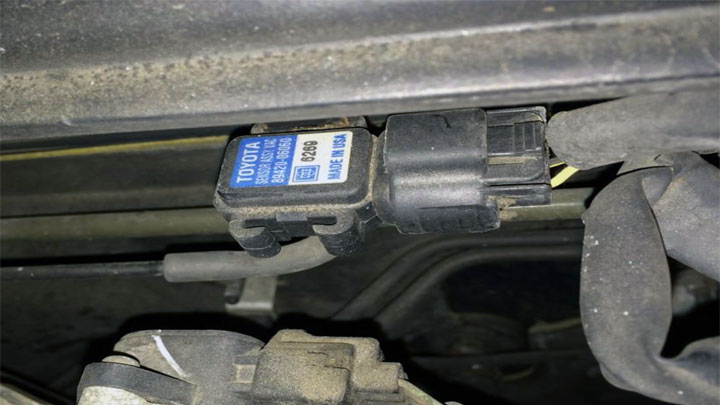
The fuel vapor pressure sensor is generally mounted atop a vehicle’s fuel tank within close proximity to the fuel pump itself.
This sensor detects static pressure within a vehicle’s fuel tank, recording any abnormalities that would signify the presence of an evaporative emissions system leak.
#30 – Injection Control Pressure Sensor

Many diesel engines of an HEUI (Hydraulic Injection Unit Injection) configuration, especially those produced by Ford/Navistar featured injection control pressure sensors, which measured the pressure of engine oil contained within the high pressure (control) side of their injection system.
Sensors of this type were mounted to an engine’s high-pressure oil manifold and provided feedback to a vehicle’s injection control module.
#31 – Intake Air Temperature Sensor
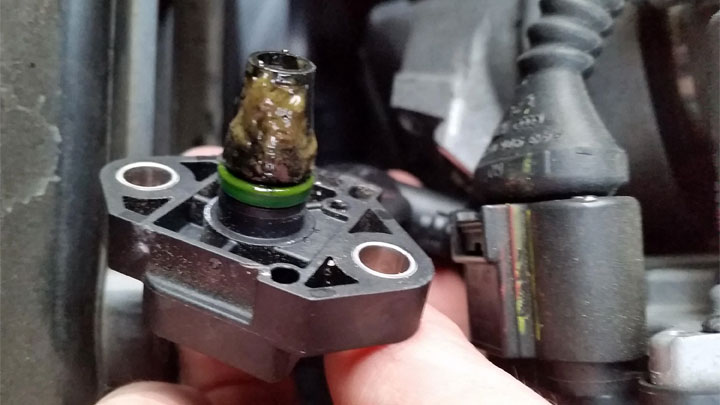
A manifold intake air temperature sensor detects and records the temperature of the air entering the intake tract.
This data is vital to the determination of correct air/fuel ratios, as cooler intake air is far more oxygen dense than hot air, and is, therefore, more volatile during subsequent combustion events. Therefore, fuel delivery must be tailored accordingly.
#32 – Lane Departure Sensor

Many of today’s vehicles now feature lane departure assistance systems, capable of helping motorists maintain their lane of travel. Vehicles equipped with this feature come fitted with specialty sensors, often mounted within close proximity to the rear-view mirror.
This sensor detects identifiable lane markers, painted along the roadside, providing feedback for all associated safety functions.
#33 – Manifold Absolute Pressure (MAP) sensor
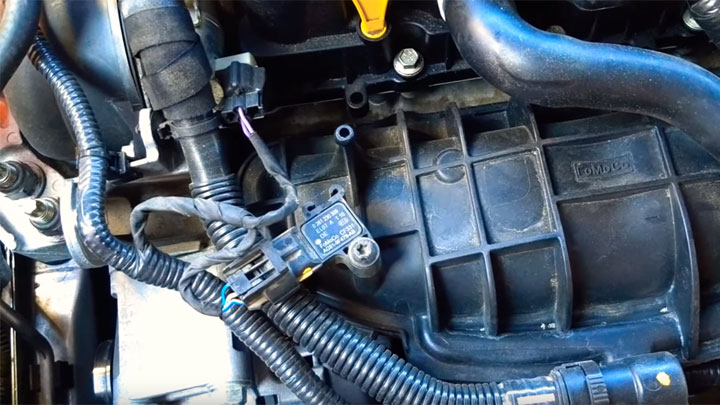
A manifold absolute pressure sensor measures the amount of pressure or vacuum within an engine’s intake manifold. The feedback from this sensor is rather critical, as it is used in conjunction with barometric pressure readings to determine ideal air/fuel ratios for efficient combustion.
This sensor is generally ported into the intake manifold of an engine itself.
#34 – Mass Airflow Sensor

The mass airflow sensor is among the most important of all sensors found on today’s engines. This sensor is responsible for recording the amount of air entering an engine’s intake tract, which is crucial to proper combustion.
The MAF sensor is generally located at or near an engine’s air filter housing.
#35 – NOx Sensor
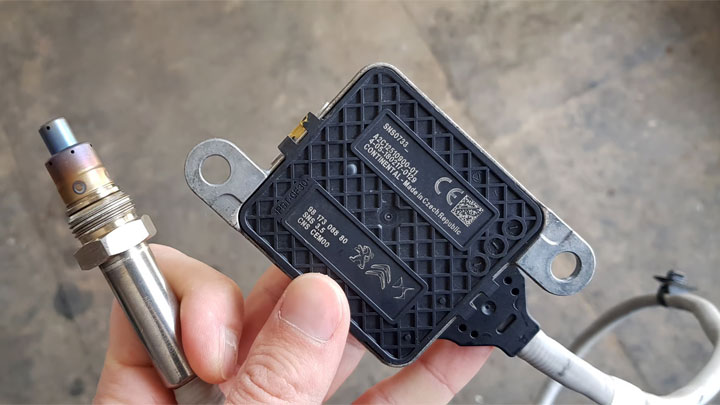
The NOx sensor is a critical component found in the after treatment system of newer diesel engines.
This sensor is located upstream of the SCR catalyst and is responsible for determining the amount of urea that must be injected to bring an engine’s overall emissions output into compliance.
#36 – Oil Pressure Sensor
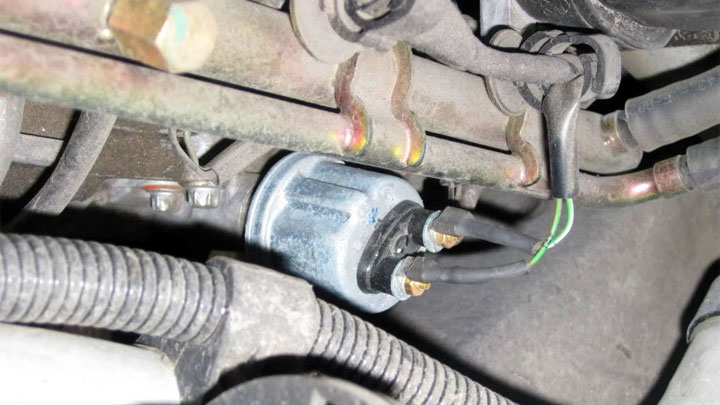
As one might guess, a vehicle’s oil pressure sensor is responsible for monitoring the relative pressure of an engine’s lubricating oil.
This data is quite critical, as an engine will quickly fail without proper lubrication. Such values are often displayed on a vehicle’s instrument cluster.
#37 – Outside Ambient Air Temperature Sensor
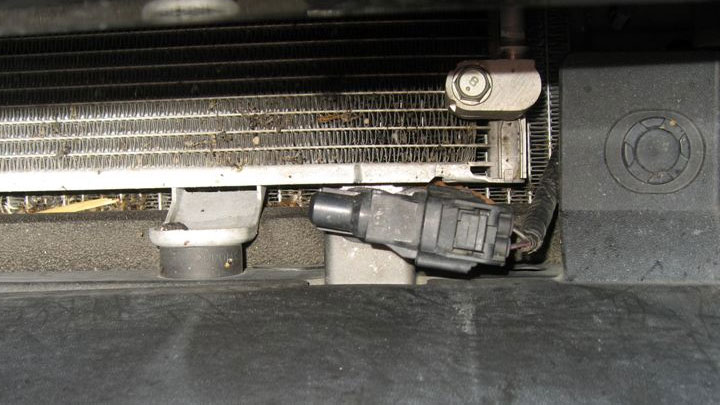
An outside or ambient air temperature sensor provides feedback to a vehicle’s HVAC controller regarding the exact temperature of air external to a vehicle’s cabin.
Feedback of this nature is used to determine automated HVAC system responses, such as adaptations in blower speed and blend door actuator. This sensor is located inside the grille or front bumper of newer vehicles with automatic climate control.
#38 – Oxygen Sensor (O2 Sensor)
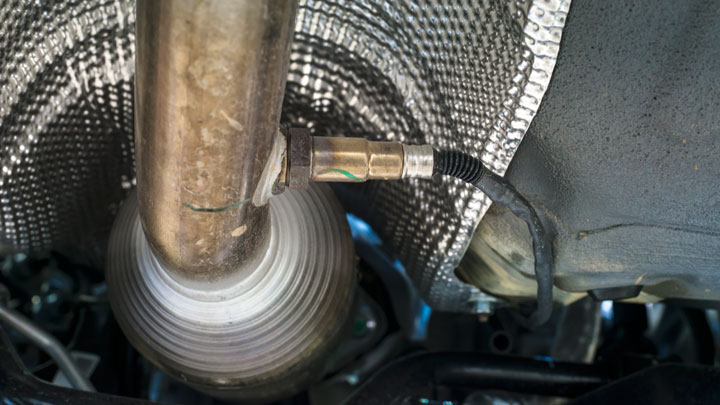
Today’s vehicles feature multiple oxygen sensors, all of which can be found within a vehicle’s exhaust system. These sensors are used to monitor oxygen content within the spent combustion gasses that are purged downstream via a vehicle’s exhaust.
Feedback from these sensors is used to evaluate combustion and exhaust catalyst efficiency.
#39 – Power Door Resistance Sensor
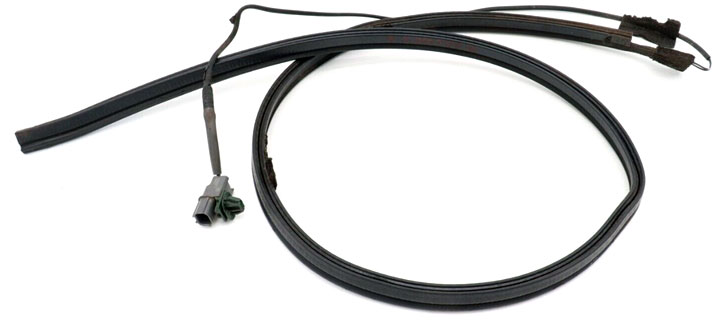
As power-actuated sliding and hatch-style doors have increased in popularity, manufacturers have worked to prevent unintended injuries at the hands of such devices.
One of the biggest advancements in this arena has been the advent of power door resistance sensors, sometimes referred to as pinch sensors. These sensors detect abnormal resistance when such doors are closed, and stop or reverse closure.
#40 – Proximity Sensor
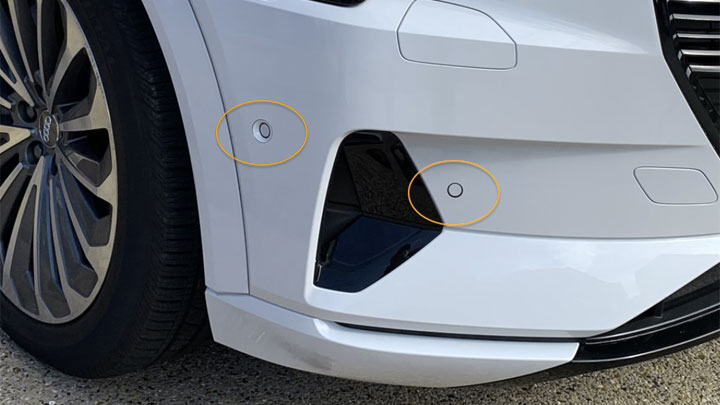
A proximity sensor operates by emitting high-frequency sound waves inaudible to the human ear, which bounce off of stationary objects, before being returned to the sensor in question.
Feedback from these sensors is used to determine the proximity of various objects to a vehicle that is being operated while driving or parking.
These sensors are prone to causing a “park assist blocked“, “park assist unavailable”, or similar type of warning to be displayed in your dash when they are dirty.
#41 – Rain Sensor

Rain sensors can be found on most late model vehicles, and are used to automatically initiate the wiper function in the event that rain is detected.
These sensors are commonly mounted between the rearview mirror and windshield, working upon the principle of light refraction to facilitate function. The heavier a rain shower, the less light is reabsorbed by the sensor itself, and the faster a vehicle’s wiper operates.
#42 – Seat Belt Sensor
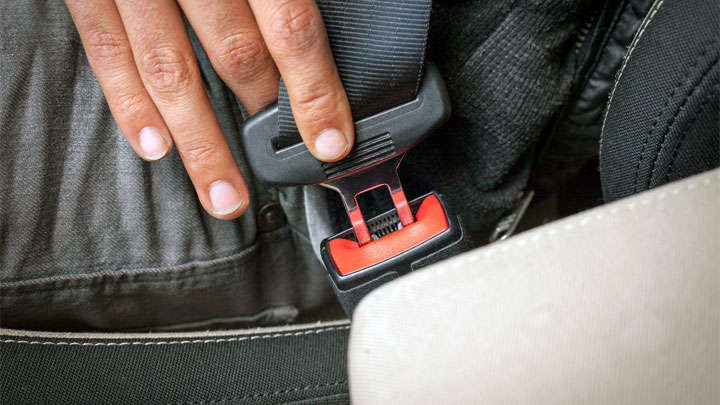
A seat belt sensor is responsible for determining whether or not an occupant’s seat belt is fastened within a vehicle.
The feedback from this sensor is not only used to activate a chime and warning light when one or more of a vehicle’s seat belts are not clasped but also allows a vehicle’s control software is able to disable the airbags for any seat that is not occupied, thereby reducing the risk of injury, and minimizing collateral damage in the event of a collision.
#43 – Seat Occupancy Sensor
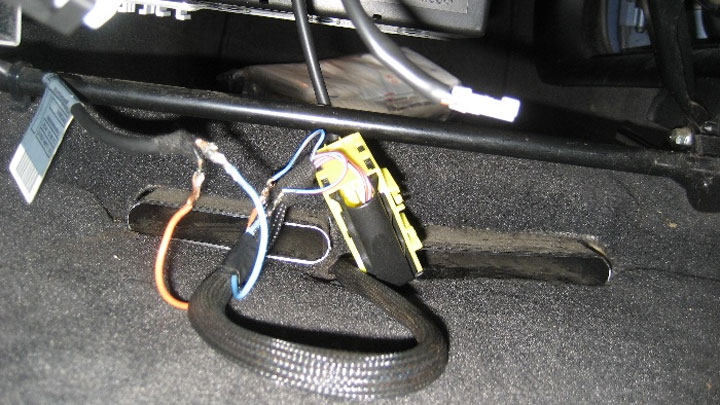
Modern vehicles now employ the use of pressure sensors within individual seats to determine which are occupied at any given time.
In turn, a vehicle’s control software is able to disable the airbags for any seat that is not occupied, thereby reducing the risk of injury, and minimizing collateral damage in the event of a collision.
#44 – Steering Angle Sensor
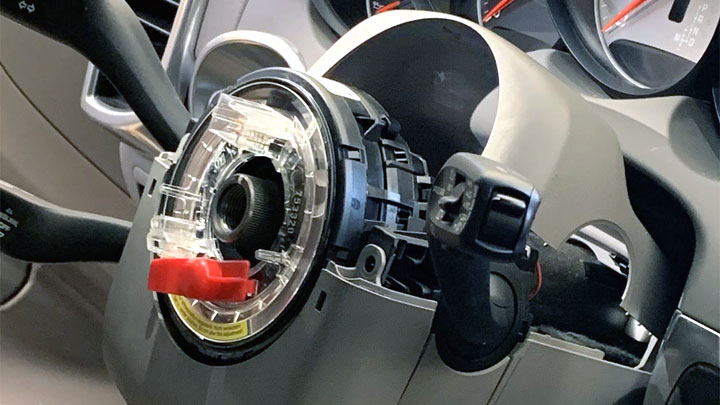
The bulk of today’s vehicles now come equipped with steering angle sensors, which provide valuable data to the power steering control module regarding steering wheel indexing, and rate of rotation.
Information relayed by this sensor is also a valuable electronic power steering system input. As one might guess, the steering angle sensor is located within a vehicle’s steering column.
#45 – Tail Light Outage Sensor
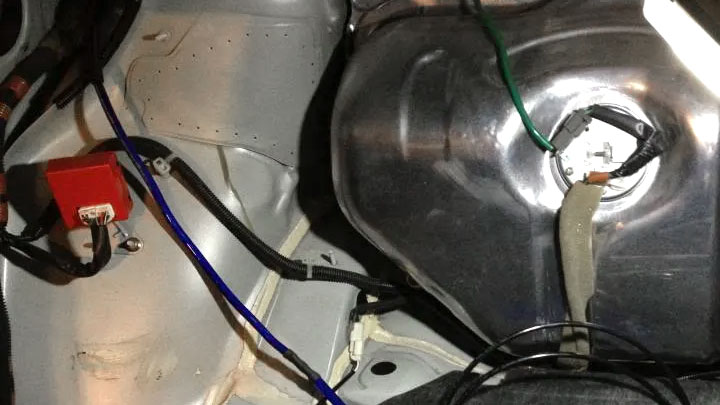
Over the last decade, tail light outage sensors have become quite prevalent. These sensors are wired into each respective tail light/brake light circuit, and detect “open” conditions where they are present.
Since the most likely scenario for an open condition within these circuits is a blown bulb, the response from sensors of this type indicates a bulb outage to a vehicle’s body control module. A warning message is then displayed on a vehicle’s instrument cluster.
#46 – Throttle position sensor

A vehicle’s throttle position sensor monitors the relative position of an engine’s throttle plate within the throttle body itself. This data is of extreme pertinence, as it directly relates to the volume of air that is available for combustion within an engine’s intake.
#47 – Tire-pressure Monitoring Sensor
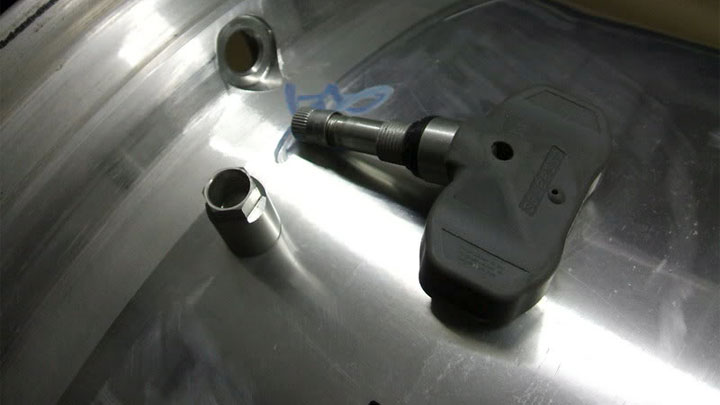
All vehicles in America are now required to be equipped with tire pressure monitoring systems per federal law. These systems feature sensors in each respective wheel that monitor tire pressure in real time.
If a low tire pressure is recorded, a warning light is displayed on a vehicle’s instrument cluster. Sensors of this type are integrated into a vehicle’s valve stem, or alternatively, are secured to the interior circumference of a vehicle’s wheel by a steel band.
#48 – Transmission Oil Temperature Sensor
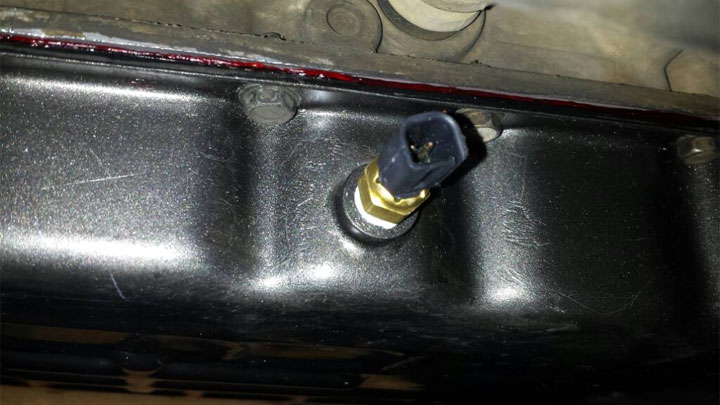
A transmission oil temperature sensor monitors the temperature of lubricating oil contained within a vehicle’s transmission, thereby alerting a motorist to potential overheating.
Feedback from this sensor is extremely important in towing and high-performance applications, where transmission overheating is of real concern.
#49 – Vehicle Speed Sensor

A vehicle speed sensor records the output speed of a vehicle’s transmission, via correspondence with a dedicated tone ring. Feedback from this sensor is converted into speed readings that are displayed via a vehicle’s instrument cluster.
This feedback also influences shift timing and other critical engine/transmission functions. In almost every case, the vehicle speed sensor is mounted along the transmission’s output shaft housing.
#50 – Voltage Sensor (Ammeter)
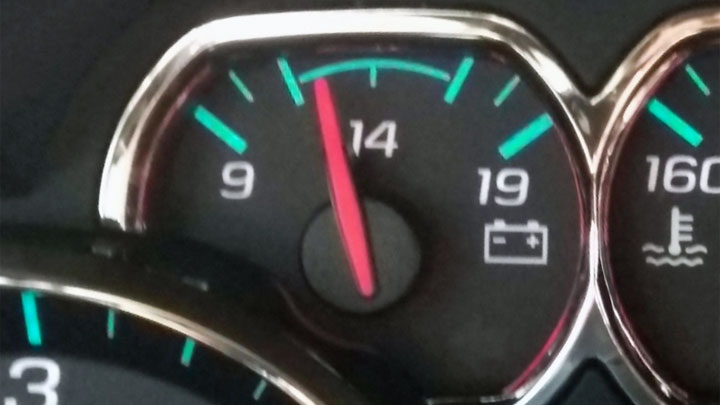
All vehicle electrical systems are designed to operate at a designated voltage. For most vehicles, this designated voltage is 12.6V, or slightly above.
This voltage, in prior years, was detailed by a dedicated ammeter, typically affixed to a vehicle’s dash. These same voltages are now recorded by dedicated computer circuits, in much the same way as is true of other inputs.
#51 – Wheel Speed Sensor
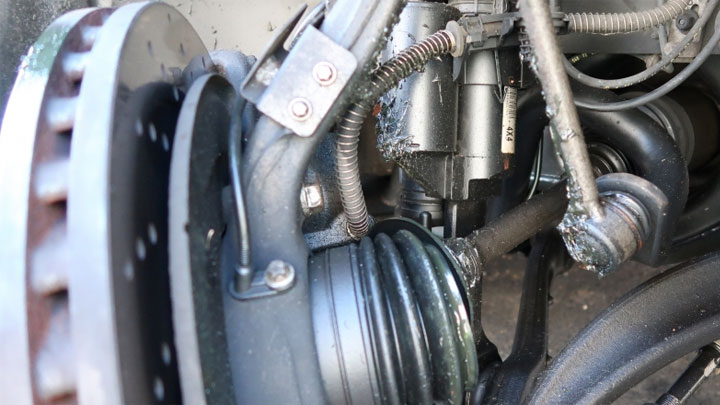
Today’s vehicles feature a total of four individual wheel speed sensors, which are located in each respective wheel hub. These sensors monitor the relative speed of each wheel, in relation to one another, via pulses from a dedicated tone ring.
Feedback from these sensors is used as a controlling measure for ABS and traction control systems.
- P0480 Code (Symptoms, Causes, and How to Fix) - Apr 19, 2024
- Car Temperature Gauge Stopped Working? (Here’s Why) - Apr 15, 2024
- Ignition Coil vs Coil Pack (What’s the Difference?) - Apr 8, 2024
